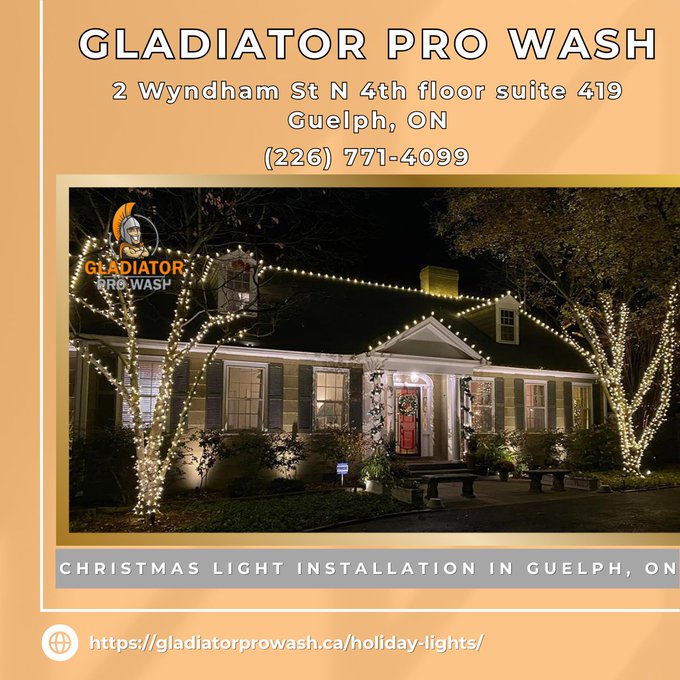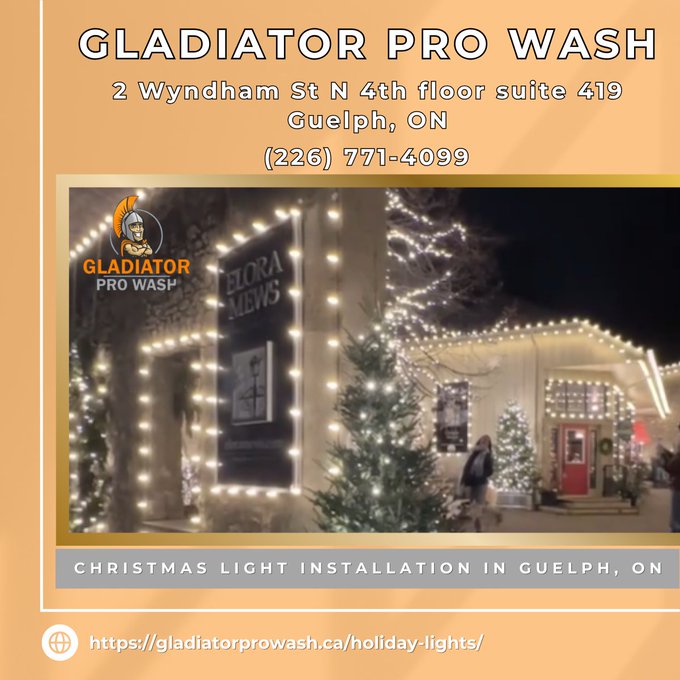Introduction
When the holiday season rolls around, one of the most anticipated activities is decorating your home with festive lights. Whether it’s a dazzling display on your home exterior or twinkling strings adorning your Christmas tree, holiday lighting solutions have become synonymous with celebration and cheer. But with so many options available, how do you choose the right type of lighting that fits your needs and budget? This article will delve into The Pros and Cons of Different Types of Holiday Lighting Solutions, exploring various styles, installation methods, costs, and energy consumption to help you make an informed decision.
What Are the Different Types of Holiday Lighting Solutions?
Traditional Incandescent Lights
Overview of Incandescent Lights
Incandescent lights are the classic choice for holiday decorations. These bulbs emit a warm glow that many people associate with Residential Christmas Light Installation the nostalgic charm of Christmas.
Pros of Incandescent Lights
- Warm Glow: The soft light creates a cozy atmosphere. Inexpensive: Generally cheaper upfront than other lighting options. Easy to Find: Widely available in stores during the holiday season.
Cons of Incandescent Lights
- Energy Consumption: They consume more electricity compared to LED lights. Short Lifespan: Typically last only about 1,000 hours.
LED Christmas Lights
Overview of LED Lights
LED (Light Emitting Diode) lights have gained immense popularity in recent years due to their efficiency and longevity.
Pros of LED Christmas Lights
- Energy Efficiency: Use significantly less electricity—up to 80% less than incandescent bulbs. Longevity: Can last up to 25,000 hours or more.
Cons of LED Christmas Lights
- Initial Cost: Higher upfront investment compared to traditional lights. Color Temperature Variability: Some may find the light produced too harsh compared to warm incandescent light.
Solar-Powered Lights
Overview of Solar-Powered Solutions
Solar-powered lights utilize solar panels to charge during the day and illuminate at night.
Pros of Solar-Powered Lights
- Eco-Friendly: No electricity costs since they run on solar energy. Easy Installation: No need for electrical outlets; simply place them in sunlight.
Cons of Solar-Powered Lights
- Weather Dependent: Performance can be affected by cloudy days or winter conditions. Limited Brightness: Often not as bright as traditional or LED lights.
Battery-operated Fairy Lights
Overview of Fairy Lights
Fairy lights are small LED bulbs typically found on thin wires. They are versatile for both indoor and outdoor decorations.
Pros of Fairy Lights
- Versatile Usage: Can be used in creative ways, like wrapping around furniture or within glass jars. Easy Setup: No need for extension cords or outlets.
Cons of Fairy Lights
- Battery Replacement: Requires frequent battery changes depending on usage.
How Much Does It Cost to Light a String of Christmas Lights?
Breakdown of Costs
When considering how much it costs to light up your space with Christmas lights, there are several factors involved:
Type of Bulbs Used- Traditional incandescent bulbs cost around $0.50 each, while LEDs can range from $1 to $3 per bulb.
- A standard string might cover 25 feet; depending on bulb spacing, you may need multiple strings.
- Professional installation can range from $100 to $300 depending on complexity and size.
What Is the Price Per Foot for Christmas Lights?
Typically:
- Incandescent lights cost approximately $0.50 to $1 per foot. LED lights can range from $1 to $3 per foot depending on quality and features like color-changing capabilities.
How Much More Do Christmas Lights Cost to Run?
Calculating Running Costs
To determine how much running those beautiful holiday lights will add to your electric bill, consider:
The wattage used by each type — incandescent bulbs (about 60 watts) vs LEDs (about 8 watts). Multiply by the number of hours used daily and then by your local electricity rate (typically measured per kilowatt-hour).For example: If you run a string of 100 incandescent bulbs for 5 hours nightly: [ \textCost = \textWattage \times \textHours \times \textRate / 1000 ] This calculation helps illustrate why many homeowners are shifting towards more energy-efficient options!
" width="560" height="315" frameborder="0" allowfullscreen>
How Many Feet Of Christmas Lights For A House?
Estimating Length Needed
To get an idea about how much lighting you'll need:
Consider using approximately 10–20 feet per linear foot along rooflines or eaves. Measure around windows, doors, and trees separately if you plan on adding those touches.For example: A typical two-story house might require anywhere from 200–500 feet depending on design complexity and personal preference.
How Long Do LED Christmas String Lights Last?
Lifespan Comparison
One major selling point for LEDs is their incredible lifespan—often lasting over 25,000 hours compared to just about 1,000 hours for traditional incandescent bulbs. This means that even if you invest more initially in LEDs, you'll save money over time through reduced replacements and lower energy costs!
FAQs About Holiday Lighting Solutions
1. Do Christmas Lights Increase The Electric Bill?
Yes! However, using energy-efficient options like LEDs can minimize this impact significantly.
2. How Do You Estimate Christmas Lights?
Measure areas where you'd like to hang them—consider height as well as length when calculating total footage needed!
3. Are Old Fashioned Christmas Lights Safe?
As long as they’re maintained properly (no frayed wires), traditional incandescent bulbs can be safe too; just ensure they’re rated for outdoor use if applicable!
" width="560" height="315" frameborder="0" allowfullscreen>
4. Can You Use A Hot Glue Gun To Hang Christmas Lights?
Not recommended! While hot glue may seem like a quick fix, it could damage surfaces upon removal later.
5. How Do You Hide Christmas Light Connectors?
Consider strategic placement behind foliage or furniture; clear adhesive clips also work wonders in keeping things neat!
6. When To Remove Christmas Lights?
Traditionally after Epiphany (January 6), but some households leave them up longer based on personal preference!
Conclusion
Holiday lighting transforms our homes into magical places filled with joy and warmth during festivities! By understanding the pros and cons associated with different types like incandescent versus LEDs or solar-powered options versus fairy lights—you’ll be better equipped not only financially but also aesthetically when choosing what’s best suited for your festive celebrations this year! So whether you’re decking out your porch post with twinkling strings or wrapping trees in shimmering strands—remember that thoughtful planning leads not just to brighter nights but also happier holidays ahead!

